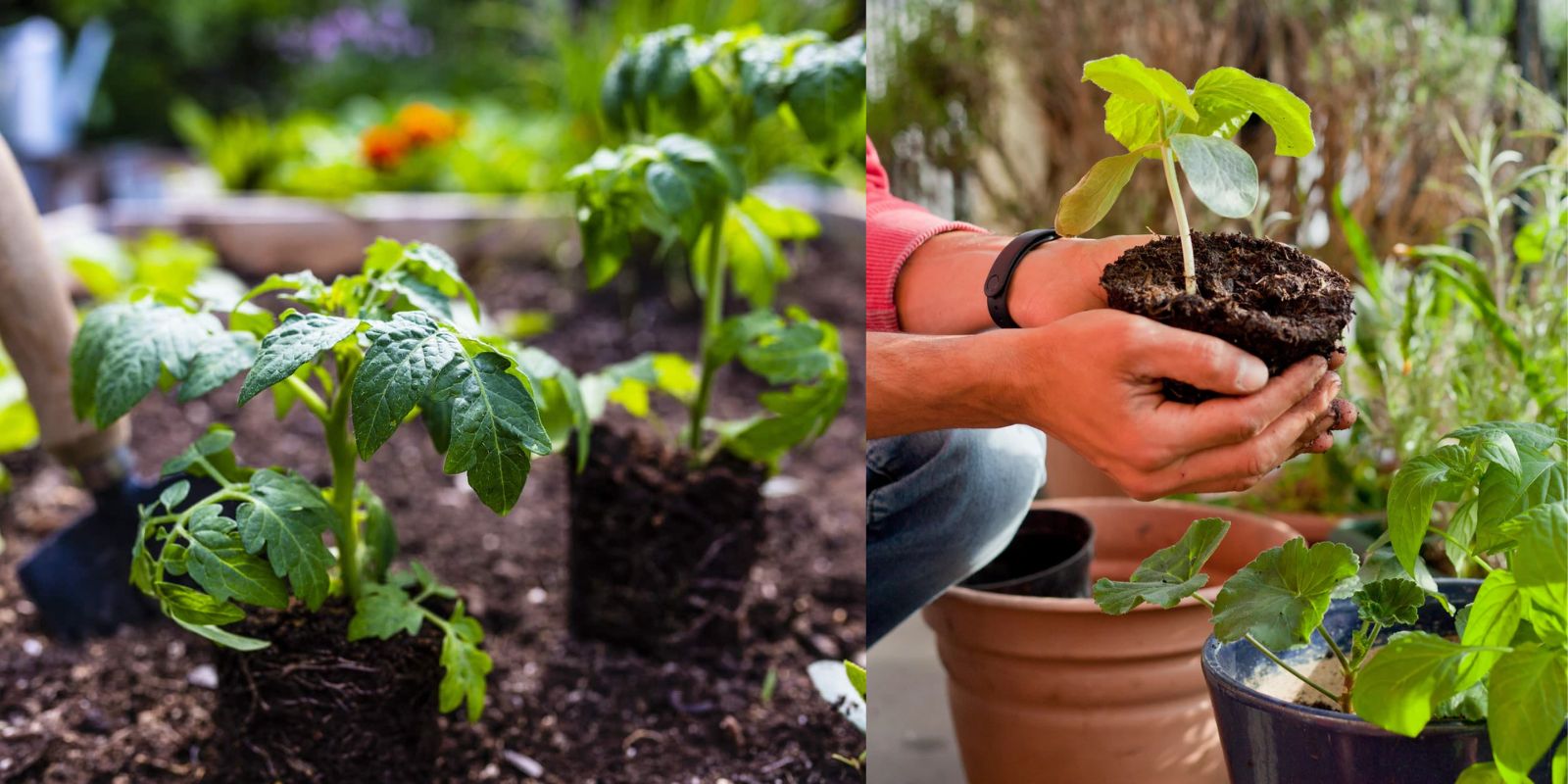Gardening offers countless benefits, from fresh produce and beautiful flowers to a calming hobby that connects you with nature. For beginners, diving into gardening can seem overwhelming, but with a clear plan and some basic knowledge, you can start your own thriving garden. This guide will walk you through the essential steps to get started, ensuring you have a successful and enjoyable gardening experience.
1. Choose Your Space
Before planting, assess where you want to grow your garden. You have several options:
- Backyard Plot: Ideal for those with ample space, a backyard garden can accommodate a variety of plants. Ensure the area receives at least 6-8 hours of sunlight daily.
- Raised Beds: These are great for improving soil quality and drainage. They can be built from wood, stone, or metal and offer easier access for planting and maintenance.
- Containers: Perfect for small spaces like balconies or patios. Choose pots with good drainage and consider how much sunlight they’ll receive.
2. Select Your Plants
Choosing the right plants for your garden is crucial. Start with easy-to-grow options:
- Vegetables: Lettuce, radishes, carrots, and tomatoes are great for beginners. They grow quickly and can be harvested in a few weeks to a couple of months.
- Flowers: Marigolds, sunflowers, and zinnias add vibrant color and are relatively easy to grow.
- Herbs: Basil, mint, and parsley are perfect for beginners and can be grown in containers or garden beds.
Consider your local climate and the season when selecting plants. Some plants thrive in cooler temperatures, while others need warmth to grow.
3. Prepare the Soil
Healthy soil is the foundation of a successful garden. Here’s how to prepare it:
- Test the Soil: Use a soil testing kit to check for pH levels and nutrient content. Most plants prefer a neutral pH (around 6.0-7.0).
- Improve Soil Quality: Add compost, well-rotted manure, or organic matter to enrich the soil. This enhances fertility, improves drainage, and supports beneficial microorganisms.
- Till the Soil: Loosen the soil to a depth of about 12 inches to improve aeration and root growth. Remove weeds and debris during this process.
4. Plan Your Layout
A well-planned garden layout maximizes space and plant health:
- Spacing: Follow the recommended spacing guidelines for each plant to avoid overcrowding, which can lead to disease and poor growth.
- Companion Planting: Some plants benefit each other when grown together. For example, marigolds can deter pests from vegetables.
- Sunlight and Shade: Arrange plants according to their light requirements. Place taller plants where they won’t overshadow shorter ones.
5. Planting
Once your garden is prepared, it’s time to plant:
- Timing: Plant seeds or seedlings according to the season and local climate. Spring is typically the best time for most plants.
- Depth and Spacing: Follow the planting instructions for depth and spacing. Generally, seeds should be planted at a depth of 2-3 times their size.
- Watering: Water the plants immediately after planting. Ensure the soil is moist but not waterlogged.
6. Watering
Proper watering is essential for plant health:
- Frequency: Water your garden consistently, but avoid overwatering. The frequency will depend on the weather and plant needs.
- Technique: Water at the base of the plants to reduce leaf wetness and prevent disease. Early morning is the best time to water, as it allows the soil to dry out during the day.
7. Maintenance
Regular maintenance keeps your garden healthy and productive:
- Weeding: Remove weeds regularly, as they compete with your plants for nutrients and water.
- Pest Control: Monitor for pests like aphids, slugs, and caterpillars. Use organic pest control methods if needed, such as neem oil or insecticidal soap.
- Disease Management: Look out for signs of disease, such as yellowing leaves or mold. Remove affected plants and use appropriate treatments.
8. Harvesting
The reward for your efforts comes when it’s time to harvest:
- Timing: Harvest fruits, vegetables, and flowers when they’re ripe or at their peak. This ensures the best flavor and quality.
- Techniques: Use clean, sharp tools for harvesting to avoid damaging the plants. For vegetables, pick them regularly to encourage continued production.
Conclusion
Gardening is a fulfilling hobby that provides fresh produce, beautiful flowers, and a connection to nature. By following these simple steps—choosing the right space, selecting appropriate plants, preparing the soil, planning your layout, and maintaining your garden—you’ll set yourself up for success. Remember, every garden is unique, and part of the joy is learning and adapting as you grow.
Motivational Sentence:
Embark on your gardening journey with confidence—each step you take brings you closer to a vibrant, thriving garden that will be the pride of your home!

